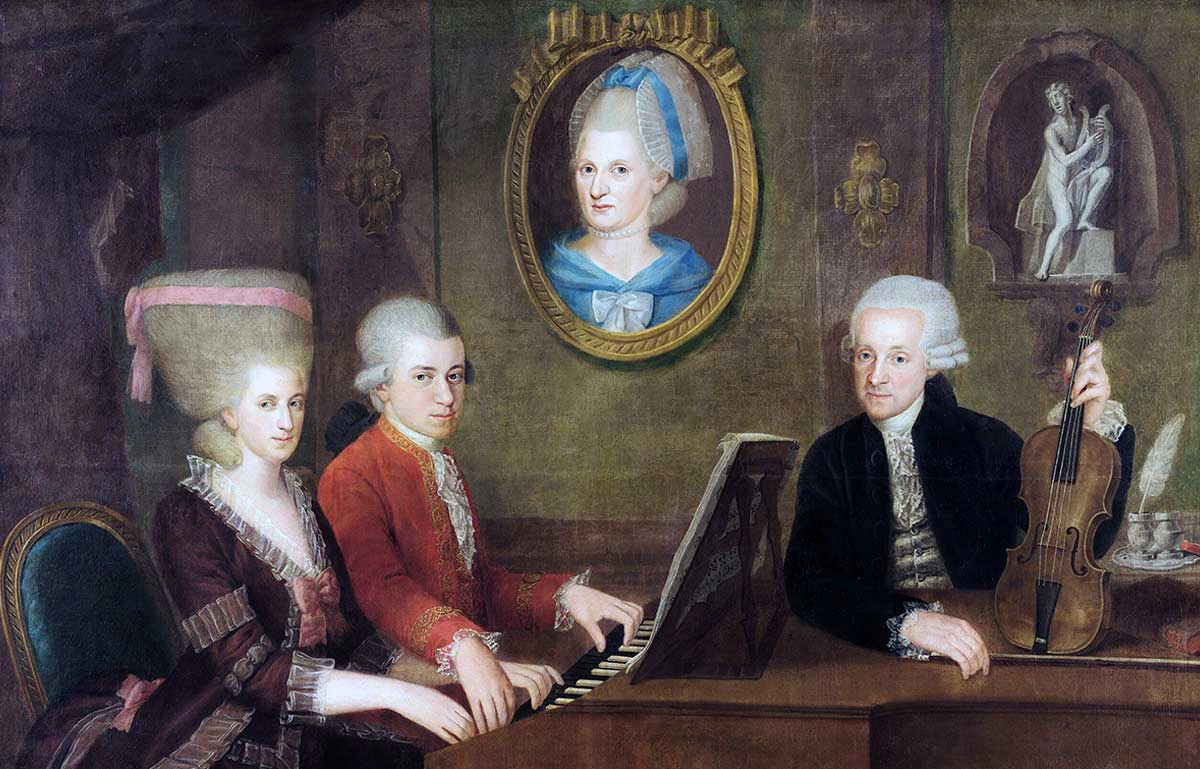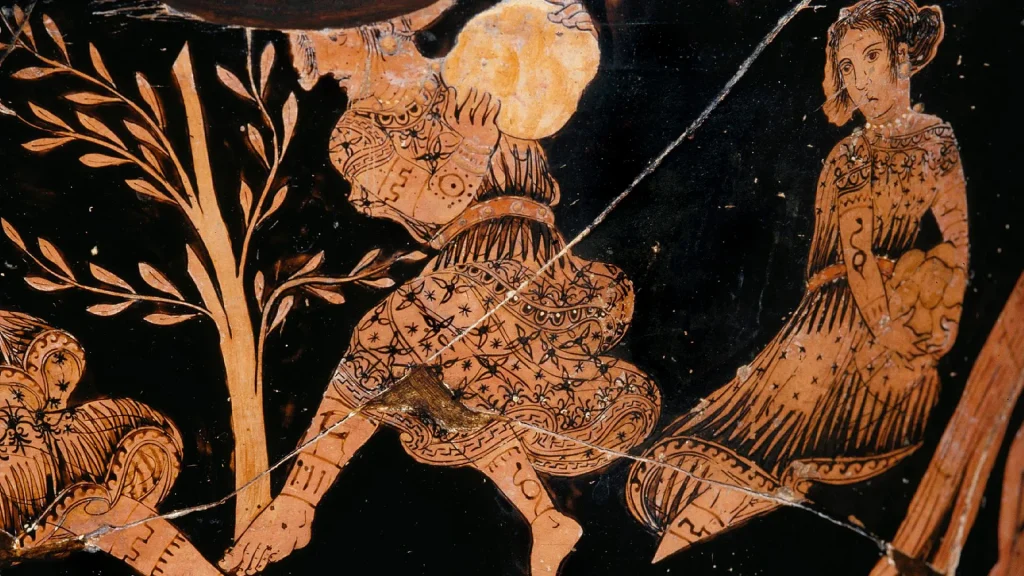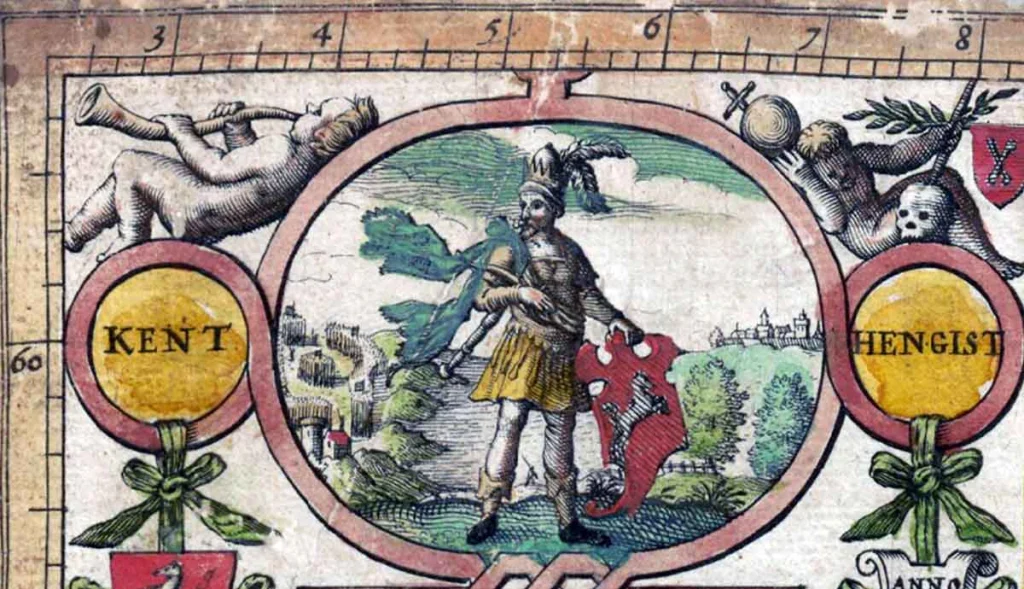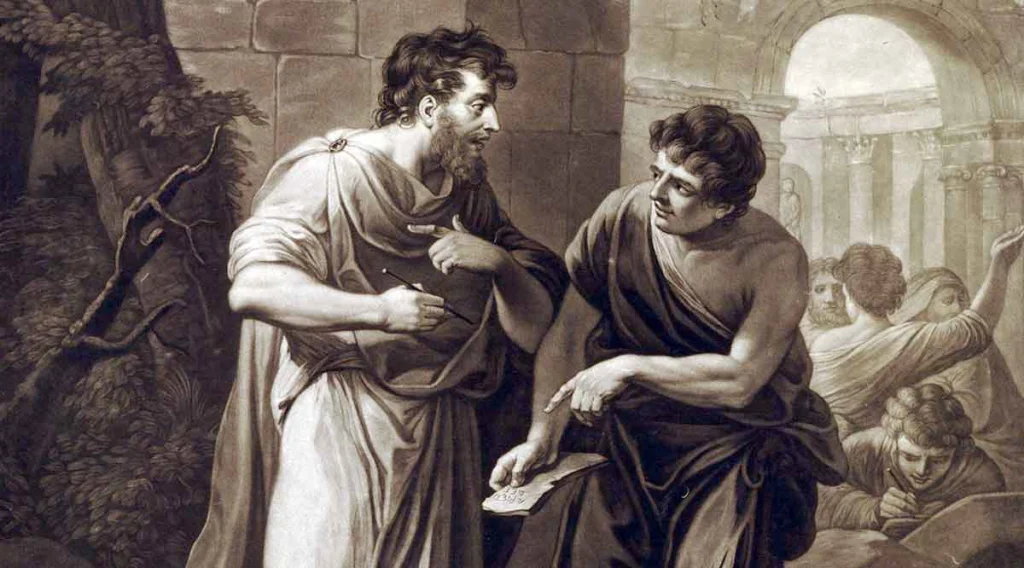We often remember one famous name and forget the family around them. But many brothers and sisters of great figures did real, lasting work too. Here are four siblings who stepped out of the shadow and left their own mark.
1) Maria Anna “Nannerl” Mozart — The First Wunderkind
Long before Wolfgang Amadeus Mozart became a legend, his older sister Maria Anna (“Nannerl”) Mozart was the star of the family. Born in 1751, she learned the harpsichord at age eight from their father, Leopold, and quickly showed serious talent. When Wolfgang began to play, Nannerl became both partner and teacher to him.
- They toured 88 cities across Europe for three years, performing for large audiences.
- Nannerl also composed music, and some believe she helped with Wolfgang’s early works.
- In a 1770 letter, Wolfgang wrote that he was “in awe” of her composing.
But society limited her. As she reached “marrying age,” her father ended her touring career. Nannerl did not marry for 15 years, spending much of that time composing—yet her works were lost. Even so, her role mattered:
- She nurtured Wolfgang’s skills from the start.
- Research shows a musical sibling boosts interest and practice.
- Without Nannerl’s early guidance and example, the Mozart story might have looked different.
Why she deserves credit: Nannerl was the family’s first prodigy, a gifted performer and composer whose opportunities were cut short by her era, not by lack of talent.
2) Katharine Wright — The Sister Who Helped Flight Take Off
The Wright brothers were brilliant engineers—but Katharine Wright helped their ideas fly in the real world. Born on August 19, 1874 (Orville’s third birthday), she lost her mother at 14 and took on adult responsibilities early. She later studied at Oberlin College, became a high-school teacher (1899), and kept the Wright household running.
When Orville and Wilbur began their flight experiments, Katharine stepped in:
- She was a skilled organizer—handling letters, bills, and offers.
- She hosted engineers and investors, turning the family home into a useful meeting place.
- She even recruited friends to help move heavy equipment during tests.
After Orville’s serious crash in 1908, Katharine cared for him while also managing the business. Soon she joined the brothers in Europe, where Wilbur hired her as social manager—and paid her more than she earned as a teacher. It was a smart move:
- The brothers were shy; Katharine was confident and warm.
- She impressed buyers, royalty, and reporters, building trust in the new “flying machine.”
- She became the third woman to fly in an airplane.
When Wilbur died in 1912, Orville took over the Wright Company and Katharine became company secretary, helping navigate patent battles and public pressure. She later married Harry Haskell (1926) and passed away in 1929.
Why she deserves credit: Katharine was the public face, organizer, and steady hand behind the pioneers. She turned their invention into a credible business and a global story.
3) Edwin Booth — America’s Great Actor Who Saved a Lincoln
Edwin Booth was one of the greatest American stage actors of the 19th century. Sadly, history often remembers him mainly as the brother of John Wilkes Booth, who assassinated President Abraham Lincoln in 1865. The truth is more complex—and far more honorable.
- Edwin was already famous for Shakespearean roles before the tragedy.
- He was a Union supporter, unlike his brother, and they were not close.
- After a short break from the stage, Edwin returned in January 1866 and stayed popular for decades, retiring in 1891.
A remarkable story adds to his legacy: in 1863 or 1864, Edwin Booth was at a train platform when a young man slipped between a car and the platform. Edwin grabbed him by the collar and pulled him to safety. The man recognized the famous actor and thanked him. His name? Robert Todd Lincoln, Abraham Lincoln’s son.
Edwin faced deep personal pain—his wife died in 1863, leaving him with a young daughter—and an attempted attack on him in 1879. Yet he kept working and building American theater. He died in 1893, widely admired.
Why he deserves credit: Edwin Booth was a towering artist who saved the president’s son and remained committed to his craft and country despite the shadow cast by his brother’s crime.
4) Lothar von Richthofen — The Other Flying Ace
Most people know Manfred von Richthofen, the “Red Baron,” the top German ace of World War I. Fewer know his brother, Lothar von Richthofen, who was also a fearless fighter pilot.
- Lothar scored 40 aerial victories, including 24 in just 47 days—an astonishing pace.
- Many pilots considered him more daring (and risk-taking) than Manfred.
- He survived multiple crashes and injuries, returned to action, and fought to the end of the war.
After the war, Lothar tried a quiet life as a farmer, married, and had two children. But flying called him back. He became a civilian pilot carrying passengers and mail. On July 4, 1922, he died in a plane crash near Fuhlsbüttel, Germany, at only 27.
Why he deserves credit: Lothar wasn’t just someone’s brother—he was a top ace in his own right, known for bold flying and frontline endurance.
Why These Siblings Matter
These four lives remind us that history is rarely a solo act. Talent grows in families, teams, and circles of support. Sometimes a sister is the first prodigy. Sometimes she’s the public voice and the planner. Sometimes a brother is the one who keeps a great tradition alive—or performs a quiet act of bravery that saves a life.
Quick takeaways:
- Nannerl Mozart: gifted performer and composer who trained and inspired her brother.
- Katharine Wright: organizer, spokesperson, and behind-the-scenes force who helped aviation succeed.
- Edwin Booth: master actor and Union loyalist who saved Robert Lincoln and built American theater.
- Lothar von Richthofen: WWI ace with 40 victories, remembered for audacious flying.
When we talk about famous names, it’s worth asking: Who helped them get there? Who stood beside them? Who carried part of the load? These siblings did—and they deserve a place in the spotlight, too.









































